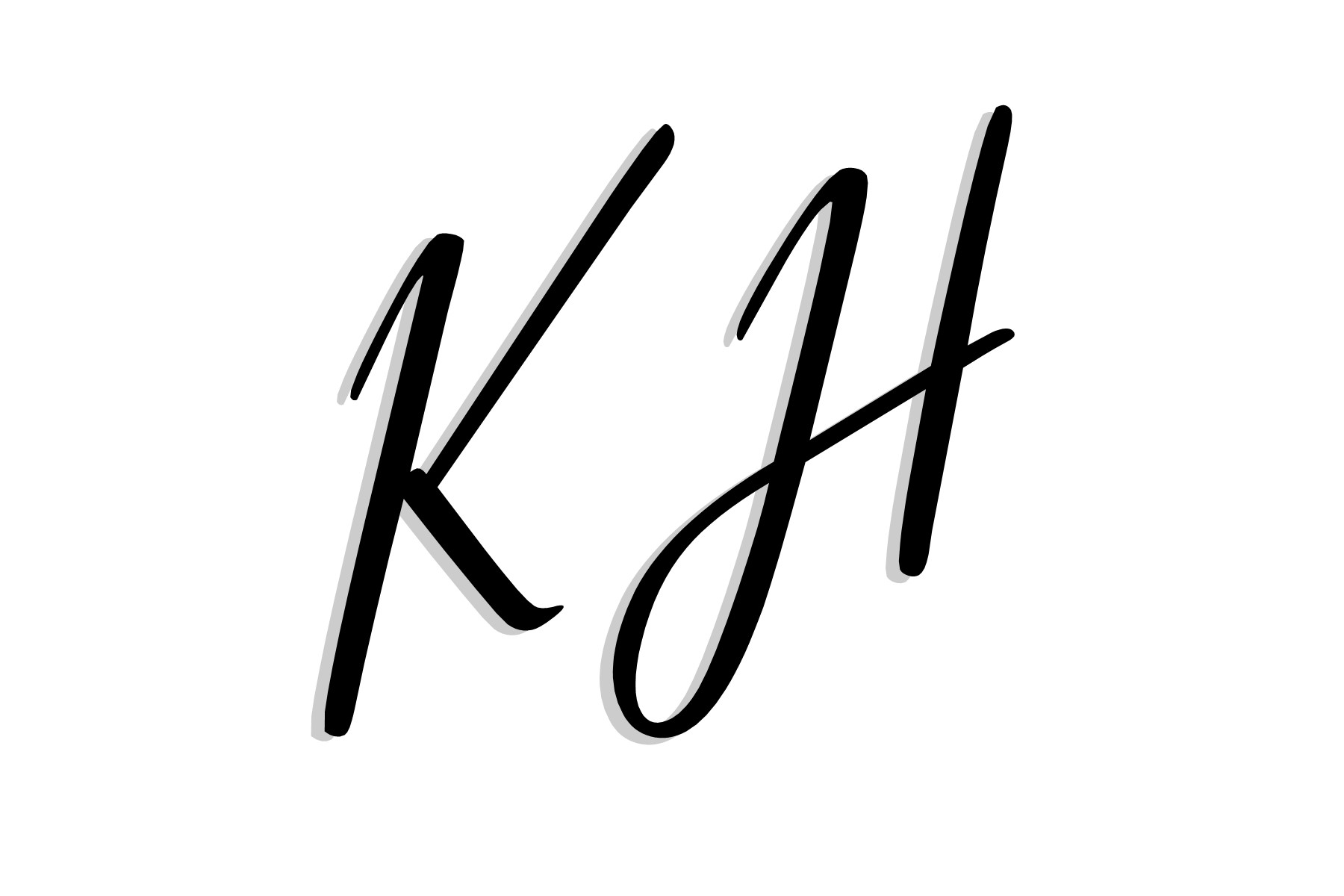Have you ever been told “No”? How did you feel?
Did you just shake it off? Did it bother you? Did you internalize it to the point of thinking – “I am not good enough”?
Why is that?
I learned after many years of hearing the word ‘no’, it just means ‘no’. It did not mean anything about me. What I had been doing was giving the word ‘no’ meaning about who I was.
If you are in sales then you know all to well the word ‘no’. You approach a prospect and begin to pitch and before you know it, there it is… the all to comfortable ‘no’.
But what is it about the word ‘no’ that has us get bummed out? Is it about the person who said ‘no’ or is it what you think the person means when they say no?
From the time we are little we are conditioned to ‘no’. That is the answer we got when we asked for things… like when we were in the aisle at a grocery store or worse the toy store. No you can’t have it. No you dont deserve it. No it is not yours. No you can’t do that. No No No No… so guess what the automatic response to a question is for the average person?
No… that is correct!
When I decided to coach hockey at the age of 18, I had been cut from a junior hockey team. I was upset and depressed. I thought my life was over. Playing hockey was all I knew. But I had a teacher in school say to me – why not come out with the school team and coach? So I did. And I found a new joy. I now was back on my journey chasing a boyhood dream to make it in pro hockey.
At 22, I decided to start writing to higher level teams in college, junior and pro, to see if I could secure a position on their staff. My goal was to get hired [period].
That goal was a 20+ year journey. Along the path I learned some valuable lessons that I want to share with you.
I have grouped them into the 7 Steps to ‘Making it’. Making it for you will be whatever that one thing you want to achieve is. It may be a certain position with a company. It may be your own business. It maybe connecting with someone. I don’t know what it is for you, but I do know that if you follow these steps you will realize your ‘yes’.
1) Have a Clear Vision – What is it you want? This was the number 1 thing I learned to help me through any rejection that came my way. I stayed focused on what I wanted – get hired.
2) Design Your Target – I made a list. Instead of just aimlessly reaching out to whomever, I created a specific list of people by role who I knew did the hiring. I laid out a target list with team, title and name on paper, then in a computer spreadsheet (considering in 1988 a PC was not something every home had).
3) Do Research – Before I sent out a note to a team I looked up team stats, history and trends. I looked at strengths and weaknesses. I looked for opportunities where I could leverage my strengths.
4) Be Creative – When applying for a position, I followed protocol by sending my resume and cover letter. I also put together a letter but instead of a regular resume I wrote a newsletter that highlighted my experience. As time passed, I added a copy of my book to show progress of my skills and knowledge in the game.
5) Reach Out – You can want whatever it is you want, but there will come a time when you will feel the urge to take action. This is what will give you experience. For me I needed to know what people would say about my interest to be a part of their team. So I mailed the letter, resume, newsletter and book.
6) Be Flexible and Make Adjustments – When you get feedback you have a choice. You can stop all together OR you can keep doing what you are doing OR you can adjust and then resume. Getting the first dozen rejection letters was a bit of a shock. But I asked myself – “What was my goal?” To make it! I chose to adjust. As I shared in 4) Be Creative my letters changed over time. I made my resume look like a newsletter. I printed it in color. I also copied all the ‘no’ letters from one team and sent them back along with a copy of my book. My cover letter shared my appreciation for the 20 years of responses AND how I have been continuing to grow my knowledge. The result was a personal letter of congratulations and a welcoming to connect.
I started to see that when I changed the responses changed.
7) Follow up – How often do you attempt to do something the first time and get the best result possible? Well, if you are like me – not very often. In sales it is common knowledge that a ‘no’ is the usual response from a first attempt. That is because we are taught from a young age ‘no’. Didn’t you ask for things at Christmas or birthdays or when you were out shopping? And what was the usual response… I would venture to guess ‘no.’ So we hear ‘no’ so often that we accept it and stop.
Over time I realized that ‘no’ was only for that one time. If I asked again and again, I sometimes would get a yes. I gained confidence knowing this. I realized that when I got a ‘no’ from a letter, that was only for this time I had sent in my resume. I raised the way I was following up and added phone calls to my quest. Now I was writing and following up with calls. My letters also changed from me pushing what I had to offer to asking, “What would it take to be a part of their team?”
And again the results would change. I didn’t get a no – I got feedback and I started building relationships.
This 7th Step is the foundation to success. The difference between a pro and an amateur is patience and persistence… and it is persistence that pays off. Follow up shows you are serious. It shows you are determined and it builds relations as time goes by. There are a bunch of sales statistics that are out there… like how many sales reps stop after the first ‘no’ AND after how many rejections before a sale is made?I If you are clear on your outcome (Step 1) you will not care so much about the number of times you get a ‘no’ but rather you will care about forming a relationship and standing your ground knowing what you have to offer is of value.
Too often we take a ‘no’ to mean that we are not good enough. So we stop pursuing. I want you to know that ‘no’ means ‘no’. Adjust, Be Creative, Stay Focused, Reach Out and Follow up.
After 22 years of hundreds of ‘no’ letters from teams in the NHL, professional leagues, University and Colleges – I received a ‘yes’ and was hired as the Director of Business Development for the Central Hockey League (pro hockey) – I got my ‘yes’!
If you would like to change your results – change what ‘no’ means to you.
Need some help? Register for a Free 30 minute power session.
Kevin Huhn
Creator, “Total Branding Blueprint”
Author, “How to Reinvent Midlife Dreams”
www.KevinHuhn.com


Recent Comments